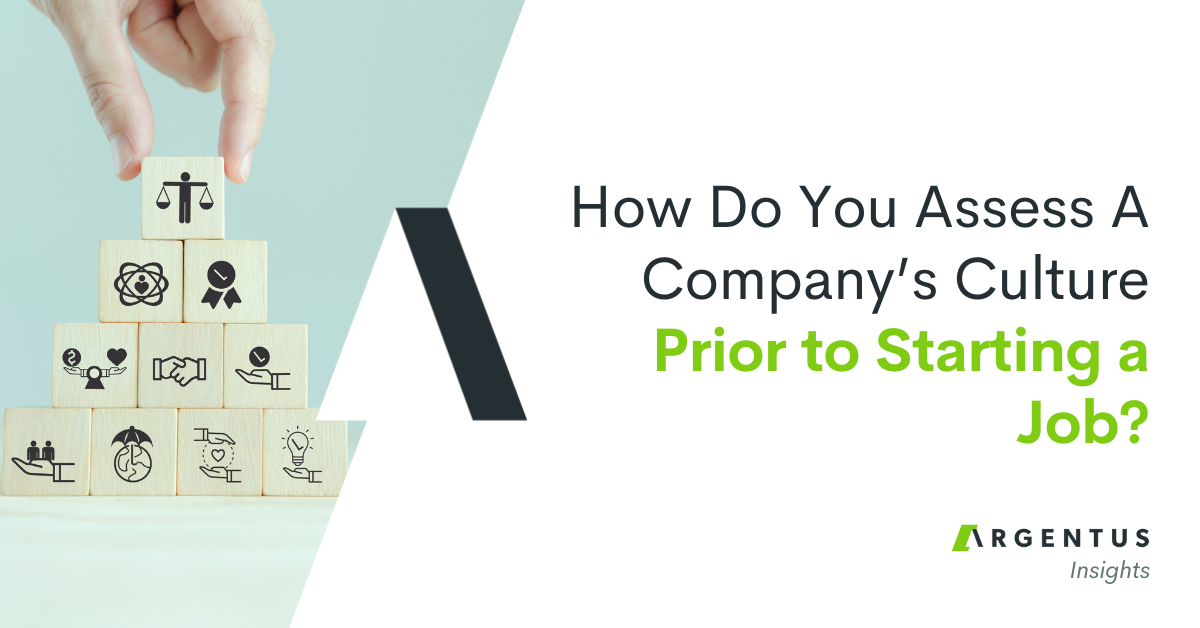A strange twist in the story of eCommerce.

Amazon has dominated the eCommerce space by leveraging economies of scale and a particular advantage over traditional retailers: the fact that it doesn’t have to eat the real estate, operations and labour costs of physical stores. In combination with this, the company has used its willingness to tolerate low profit margins on per-unit sales to outcompete brick and mortar retailers on convenience and cost.
Amazon didn’t have to work towards an omnichannel retail model (meaning using the same Supply Chain for brick and mortar and online sales) because it didn’t have brick and mortar stores.
But that’s changing, and fast. When Amazon announced it was opening a physical bookstore in Seattle, many analysts saw the move a P.R. and marketing effort – one that was meant to show a commitment to old-school bookselling, and to bringing customers closer to the Amazon brand. But a New Yorker article this week, titled “Why Would Amazon Want to Be the New Barns and Noble?” analyzed an Amazon executive’s announcement that they’re looking to expand brick and mortar retail operations to 400 locations.
Wow.
While further reports from Amazon insiders have estimated that the company’s planning a more modest rollout of physical retail locations, this still represents a big development in the ongoing revolution in retail caused by the explosion of eCommerce.
So why is Amazon making this push?
- The New Yorker article points out that Amazon and many eCommerce retailers have very low to nonexistent profit margins. They’re able to leverage unheard-of economies of scale, but their use of very low prices to entice people away from brick and mortar retail has an impact on the bottom line.
- Amazon is eating lots of shipping costs, and its Supply Chain, even if it’s one of the most efficient in the world, still has costs associated with it. As the New Yorker article says, there’s no such thing as “free” shipping – delivery that’s free to the consumer is eating into the retailer’s bottom line. One possible reason for the company’s brick and mortar retail expansion is to save on costs by having retail locations act as local warehouses and distribution centres. The dream of omnichannel retailing, in other words, but enacted by one of the most sophisticated Supply Chains in the game.
- As the New Yorker article mentions, in addition to being a strong marketing technique that seeks to restore the human element of shopping, the physical brick and mortar locations might integrate the online and offline experience by showing product reviews, offering unified pricing, and using the company’s vast reservoir of online sales data to determine what ends up on shelves.
Lots of high-growth eCommerce companies are transitioning to brick and mortar including Warby Parker, Blue Nile, and Birchbox. As this article in Fast Company notes, the brick and mortar stores operated by Warby Parker (a trendy glasses eCommerce retailer) are profitable. What started as a marketing experiment has become an actual component of the business’s ongoing expansion. So it looks as though this transition isn’t just pie in the sky.
This trend of eCommerce sites moving into brick and mortar is almost a reverse way of getting to the same goal as traditional retail expansion. In the old model, a company would open brick and mortar locations and focus first on store operations, while growing and developing their Supply Chain from the bottom up. In the new model, a company focuses on marketing and a strong top-down Supply Chain before moving to brick-and-mortar store operations.
At Argentus, we’re interested in the Supply Chain angle on any developing business trend. So what we’re curious about is this: What other advantages, from a Supply Chain standpoint, does this “online then bricks and mortar” approach have to building retail Supply Chains? Are there any pitfalls that this model faces compared to the more traditional strategy of starting with a small region of stores and expanding outward, nationally and online?
We’re interested in your thoughts! Let us know in the comments. ![]()
Have you signed up for Argentus’ Market Watch Newsletter? It only takes a moment. You’ll receive low-volume, high-impact market insights from the top specialty Supply Chain recruiters including: Salary Information, Supply Chain industry trends, Market Intelligence, Personal Branding tips and More!
[mc4wp_form id=”17895″]



0 Comments